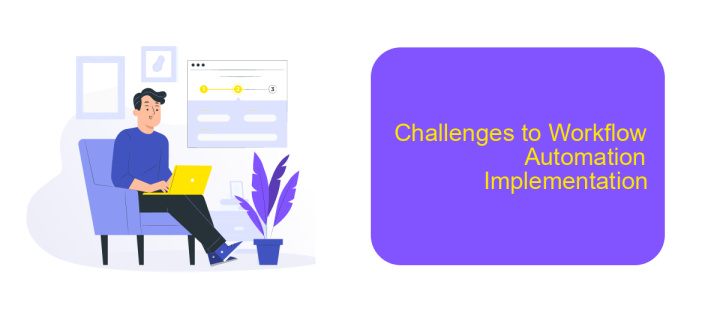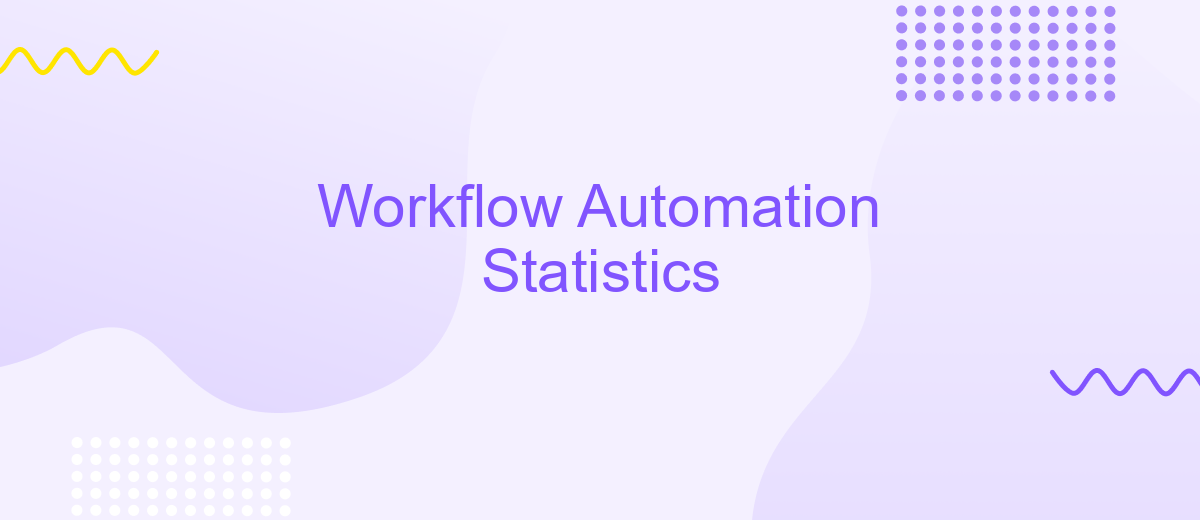Workflow Automation Statistics
In today's fast-paced business environment, workflow automation is becoming increasingly essential for enhancing efficiency and productivity. By streamlining repetitive tasks, companies can save time and resources, allowing employees to focus on more strategic activities. This article delves into the latest statistics on workflow automation, highlighting its growing adoption, key benefits, and the impact it has on various industries.
Introduction
Workflow automation is transforming the way businesses operate, offering numerous benefits such as increased efficiency, reduced errors, and cost savings. By automating repetitive tasks, companies can focus on more strategic activities and drive growth. In this article, we will explore the latest statistics and trends in workflow automation, providing valuable insights for businesses looking to leverage this technology.
- Increased productivity: Automation tools can handle repetitive tasks, freeing up employees for more complex work.
- Error reduction: Automated processes minimize the risk of human error, ensuring more accurate results.
- Cost savings: By reducing the need for manual labor, businesses can lower operational costs.
- Enhanced scalability: Automation allows companies to easily scale operations without a proportional increase in labor costs.
One of the key tools in workflow automation is ApiX-Drive, which facilitates seamless integration between various applications and services. By using ApiX-Drive, businesses can automate data transfers and synchronize processes across different platforms, enhancing overall efficiency. As we delve into the statistics, it becomes clear that adopting workflow automation is not just a trend but a necessity for staying competitive in today's fast-paced business environment.
Current Workflow Automation Trends

In recent years, the landscape of workflow automation has seen significant advancements, driven by the increasing need for efficiency and productivity in various industries. Companies are now leveraging cutting-edge technologies such as artificial intelligence (AI) and machine learning (ML) to automate complex tasks, thereby reducing human error and operational costs. The integration of these technologies into workflow automation tools has enabled businesses to streamline processes, enhance decision-making, and improve overall performance.
Another notable trend is the rise of no-code and low-code platforms, which empower non-technical users to create and customize automation workflows without extensive programming knowledge. Services like ApiX-Drive are playing a crucial role in this trend by providing easy-to-use interfaces for setting up integrations between different applications. This democratization of automation tools is allowing more organizations to adopt and benefit from workflow automation, further driving innovation and efficiency across various sectors.
Benefits of Workflow Automation

Workflow automation offers numerous advantages that can significantly enhance business operations. By automating repetitive tasks, organizations can streamline their processes, reduce human error, and save valuable time. This allows employees to focus on more strategic activities, ultimately boosting productivity and efficiency.
- Increased Efficiency: Automation reduces the time required to complete tasks, leading to faster project turnaround and improved operational efficiency.
- Cost Savings: By minimizing manual labor, companies can lower operational costs and allocate resources more effectively.
- Enhanced Accuracy: Automated workflows eliminate the risk of human error, ensuring more consistent and accurate results.
- Improved Compliance: Automation helps maintain regulatory compliance by ensuring that all processes adhere to established guidelines.
- Seamless Integrations: Tools like ApiX-Drive facilitate the integration of various applications, enabling smooth data flow and enhancing overall system functionality.
Implementing workflow automation can transform the way businesses operate, leading to significant improvements in productivity, accuracy, and cost-efficiency. By leveraging advanced tools and services like ApiX-Drive, organizations can easily integrate and automate their processes, ensuring a seamless and optimized workflow.
Challenges to Workflow Automation Implementation

Implementing workflow automation can be a complex task, presenting several challenges that organizations must navigate. One of the primary difficulties is the integration of various systems and applications, which often operate on different platforms and protocols. This can result in compatibility issues that require significant time and resources to resolve.
Another major challenge is the resistance to change within the organization. Employees may be accustomed to manual processes and hesitant to adopt new automated solutions, fearing job displacement or the steep learning curve associated with new technology.
- Integration difficulties across diverse systems
- Employee resistance to change
- High initial setup costs
- Data security and privacy concerns
To mitigate these challenges, leveraging integration services like ApiX-Drive can be highly beneficial. ApiX-Drive facilitates seamless connectivity between different applications, simplifying the integration process and reducing the time needed for implementation. Additionally, providing adequate training and addressing employee concerns can help ease the transition to automated workflows.
Future of Workflow Automation
The future of workflow automation is poised to revolutionize the way businesses operate, driving efficiency and productivity to new heights. As technology continues to evolve, we can expect to see more advanced tools that integrate artificial intelligence and machine learning to streamline complex processes. These innovations will enable organizations to automate not just routine tasks but also more intricate workflows, paving the way for smarter decision-making and enhanced operational agility.
Moreover, the rise of no-code and low-code platforms will democratize workflow automation, making it accessible to non-technical users. Services like ApiX-Drive are at the forefront of this movement, offering seamless integration capabilities that allow businesses to connect various applications effortlessly. By simplifying the integration process, ApiX-Drive empowers companies to customize their workflows without the need for extensive coding knowledge. As these technologies continue to mature, we can anticipate a future where workflow automation is an integral part of every business strategy, fostering innovation and driving growth.
- Automate the work of an online store or landing
- Empower through integration
- Don't spend money on programmers and integrators
- Save time by automating routine tasks
FAQ
What is workflow automation?
How can workflow automation improve productivity?
What types of tasks can be automated in a workflow?
How do I measure the success of workflow automation?
How can I integrate different applications for workflow automation?
Strive to take your business to the next level, achieve your goals faster and more efficiently? Apix-Drive is your reliable assistant for these tasks. An online service and application connector will help you automate key business processes and get rid of the routine. You and your employees will free up time for important core tasks. Try Apix-Drive features for free to see the effectiveness of the online connector for yourself.


